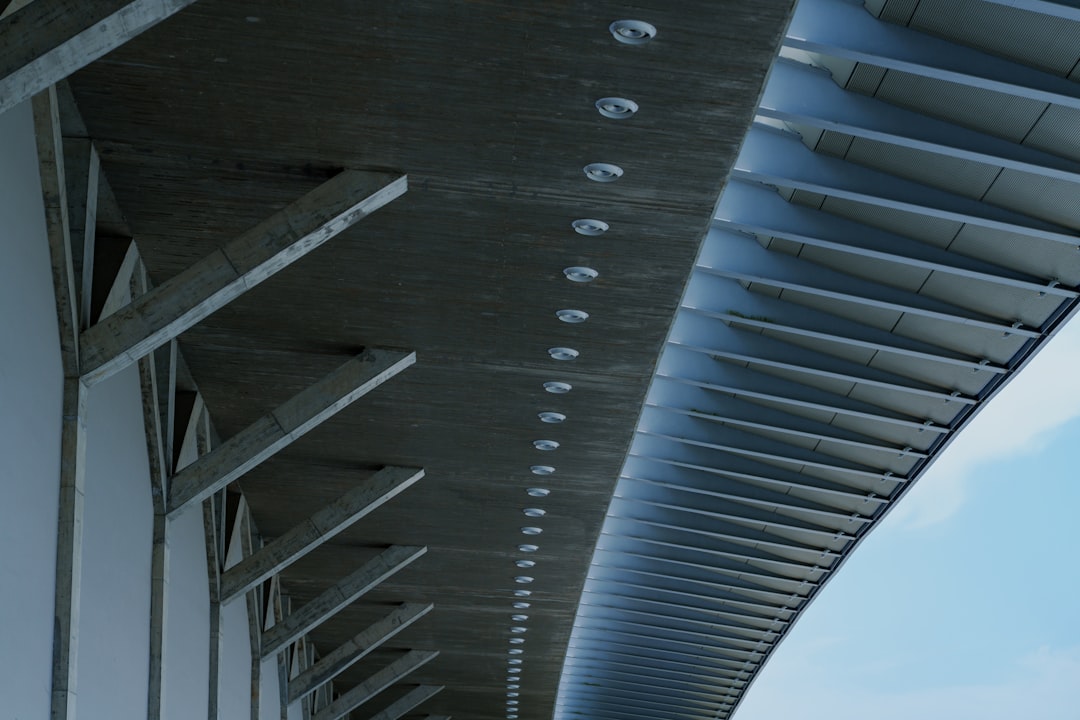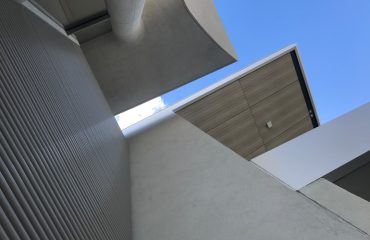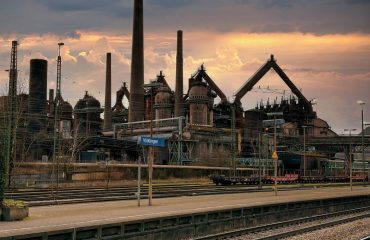body {
font-family: sans-serif;
line-height: 1.6;
}
h1, h2, h3 {
color: #333;
}
h1 {
font-size: 2.5em;
}
h2 {
font-size: 2em;
}
h3 {
font-size: 1.5em;
}
img {
max-width: 100%;
height: auto;
}
Structural steel has been a cornerstone of modern construction for over a century. Its enduring popularity stems from a remarkable combination of properties that make it a superior choice for a wide range of projects, from skyscrapers to bridges and industrial facilities. This post delves into the key benefits of using structural steel, showcasing why it remains the material of choice for architects, engineers, and contractors worldwide.
Unmatched Strength and Load-Bearing Capacity
The exceptional strength of structural steel is arguably its most significant advantage. Its high tensile strength allows it to withstand immense loads and stresses, making it ideal for constructing tall buildings, long-span bridges, and other structures requiring significant load-bearing capacity. This strength translates to greater safety and stability, ensuring the structural integrity of the building even under extreme conditions like earthquakes or strong winds. Furthermore, the predictable and consistent properties of steel allow engineers to accurately calculate its load-bearing capacity, facilitating precise design and construction processes. This reduces the risk of structural failure and ensures the safety of occupants and users.
Exceptional Durability and Longevity
Structural steel boasts remarkable durability and longevity. When properly protected against corrosion through methods like galvanization or painting, steel structures can withstand the test of time, lasting for decades, even centuries, with minimal maintenance. This longevity translates to reduced lifecycle costs, as repairs and replacements are infrequent. The inherent resistance of steel to fire and other natural elements further enhances its durability, making it a reliable choice for structures in harsh environments. Unlike some other materials, steel’s strength doesn’t degrade significantly over time, ensuring consistent performance throughout its lifespan.
Sustainability and Environmental Considerations
Contrary to some misconceptions, structural steel is a highly sustainable material. Steel is 100% recyclable, meaning that it can be melted down and reused repeatedly without losing its structural properties. This significantly reduces the demand for virgin materials, minimizing the environmental impact of construction. Furthermore, the efficiency of steel construction often leads to reduced material waste compared to other construction methods. Modern steel production processes are also becoming increasingly energy-efficient, further minimizing their environmental footprint. The long lifespan of steel structures also contributes to their overall sustainability, reducing the need for frequent replacements and associated resource consumption.
Versatility and Design Flexibility
Structural steel offers unparalleled versatility in design. Its ability to be formed into various shapes and sizes, from simple beams and columns to complex curved sections, allows architects and engineers to create innovative and aesthetically pleasing structures. This flexibility extends to the ease of prefabrication, allowing for significant portions of the structure to be assembled off-site and transported to the construction site for quick and efficient installation. This reduces construction time, minimizes disruption, and enhances overall project efficiency. The adaptability of steel also makes it suitable for a wide range of architectural styles and design requirements.
Cost-Effectiveness and Economic Advantages
While the initial cost of structural steel might seem high compared to some other materials, its long-term cost-effectiveness is undeniable. The durability and longevity of steel structures translate to reduced maintenance and repair costs over the building’s lifespan. The speed and efficiency of steel construction also reduce labor costs and project timelines, contributing to significant overall cost savings. Prefabrication further enhances cost-effectiveness by minimizing on-site labor and material waste. The inherent strength of steel also allows for the use of lighter sections, reducing transportation and foundation costs.
In conclusion, the benefits of structural steel are multifaceted and compelling. From its unmatched strength and durability to its sustainability and cost-effectiveness, steel remains a dominant force in the construction industry. Its versatility and design flexibility further solidify its position as a premier material for creating safe, reliable, and aesthetically pleasing structures for generations to come.
SEO-Friendly Tags:
- Structural Steel
- Steel Construction
- Steel Building Benefits
- Advantages of Structural Steel
- Sustainable Construction Materials




